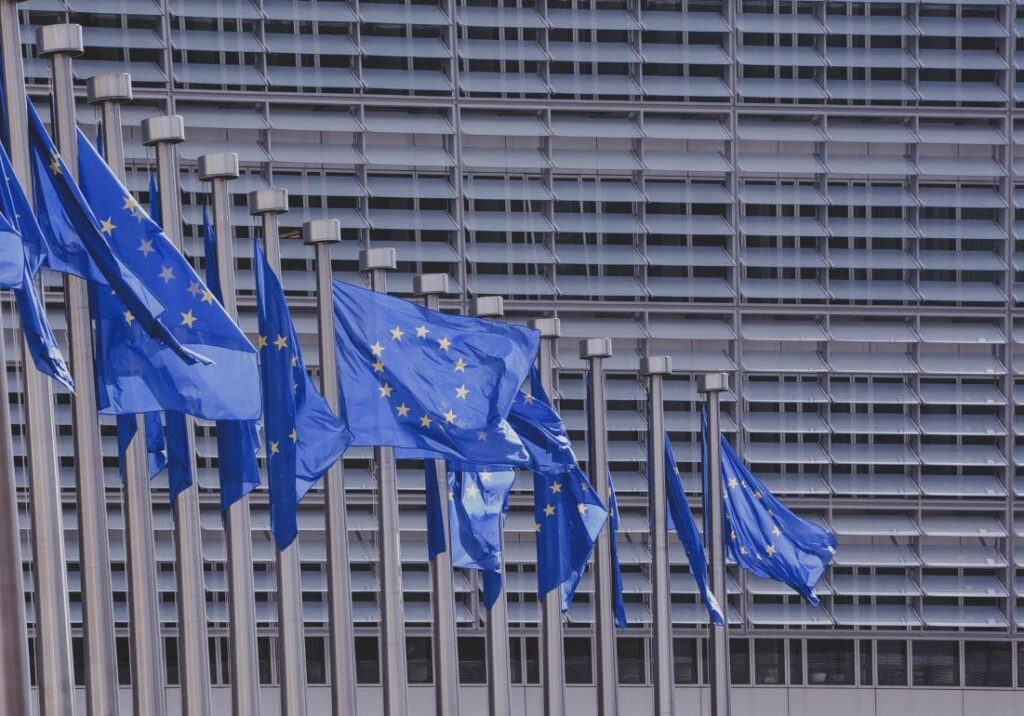
Birth of EU
The European Union Birth
Born in the aftermath of the Second World War, the project of the European Union was mainly aimed at exorcising the danger of new and devastating fratricidal conflicts such as those that had bloodied the first half of the twentieth century.
At first, it was therefore a question of establishing the terms of an economic collaboration between six countries – Belgium, Germany, France, Italy, Luxembourg and the Netherlands – which intended to gradually overcome the system of tariffs and protectionist barriers.
However, over time, the increasingly close relations between the member states favored their push towards interventions in several sectors: from climate to environment, from health to safety, from justice to immigration. To reflect this change, in 1993, through the Maastricht Treaty, the European Economic Community (EEC) took the name of the European Union (EU), while the member countries rose, over the years, to 28.
European Union Today
Today, down to 27, after the exit of the UK, they form a huge market the only one that, since 1 January 2002, has chosen a common currency, the euro, adopted by 19 countries (Austria, Belgium, Cyprus, Estonia, Finland, France, Germany, Greece, Ireland, Italy, Latvia, Lithuania, Luxembourg, Malta, the Netherlands, Portugal, Slovakia, Slovenia, Spain).
Thanks to the abolition of border controls, people and goods can thus move freely across almost the entire continent. Living, working and traveling in another EU country has also become easier. Likewise, thanks to the Erasmus project, young people can spend long periods of study abroad and finally feel like this. European citizens.
The recent problems, linked above all to the issues of immigration and the lack of standardization of the various fiscal policies, have however determined strong internal frictions, fueled by the development of populist movements and parties, often supported by non-EU powers such as Russia or the USA, able to influence the politics of many countries.
The choice of British citizens, who voted by a majority in a referendum to leave the EU, represented the culmination of this crisis that most member countries are going through in different ways. Fueled by the development of populist movements and parties, often supported by non-EU powers such as Russia or the USA, capable of influencing the politics of many countries.
Here are the most important summits that have marked this path since 1992

Maastricht ’92
The homonymous Treaty is approved by the leaders of the 15 partner countries at the summit that takes place in December in the Dutch town. It represents the birth certificate of the Union, until then the EEC, and the beginning of the path that in 2002 will bring the euro into the pockets of the citizens of many European countries. The United Kingdom, Sweden and Denmark obtain the so-called opt-out clause, that is the possibility of not adopting the single currency even if they meet the requirements.
Brussels ’98
On May 3, the Council of European Commission decides that Italy and ten other countries respect the parameters set by the Maastricht Treaty for adopting the euro.
Nice 2000
At the end of a marathon lasting four days and four nights, from 7 to 11 December, the heads of state and government of the Union manage to find an agreement on the Treaty that will take the name of the French city. The agreement establishes the reforms of the European institutions and of the voting systems in view of the entry into the Union of a large new group of candidate countries. A battle is staged that sees the group of ‘small’ countries, led by Belgium and Portugal, confront the big ones. With Nice, the mechanism of enhanced cooperation is introduced.
Lisbon 2007
In December, the Treaty was signed in the Lusitanian capital, closing a troubled season that began in 2003 to enact a European Constitution. Initiative that failed following the ‘no’ from the referendums held in France and Holland. Lisbon is trying to go beyond this failure by launching important reforms including the substantial expansion of the co-decision powers of the European Parliament and the birth of the permanent presidency of the European Council.







